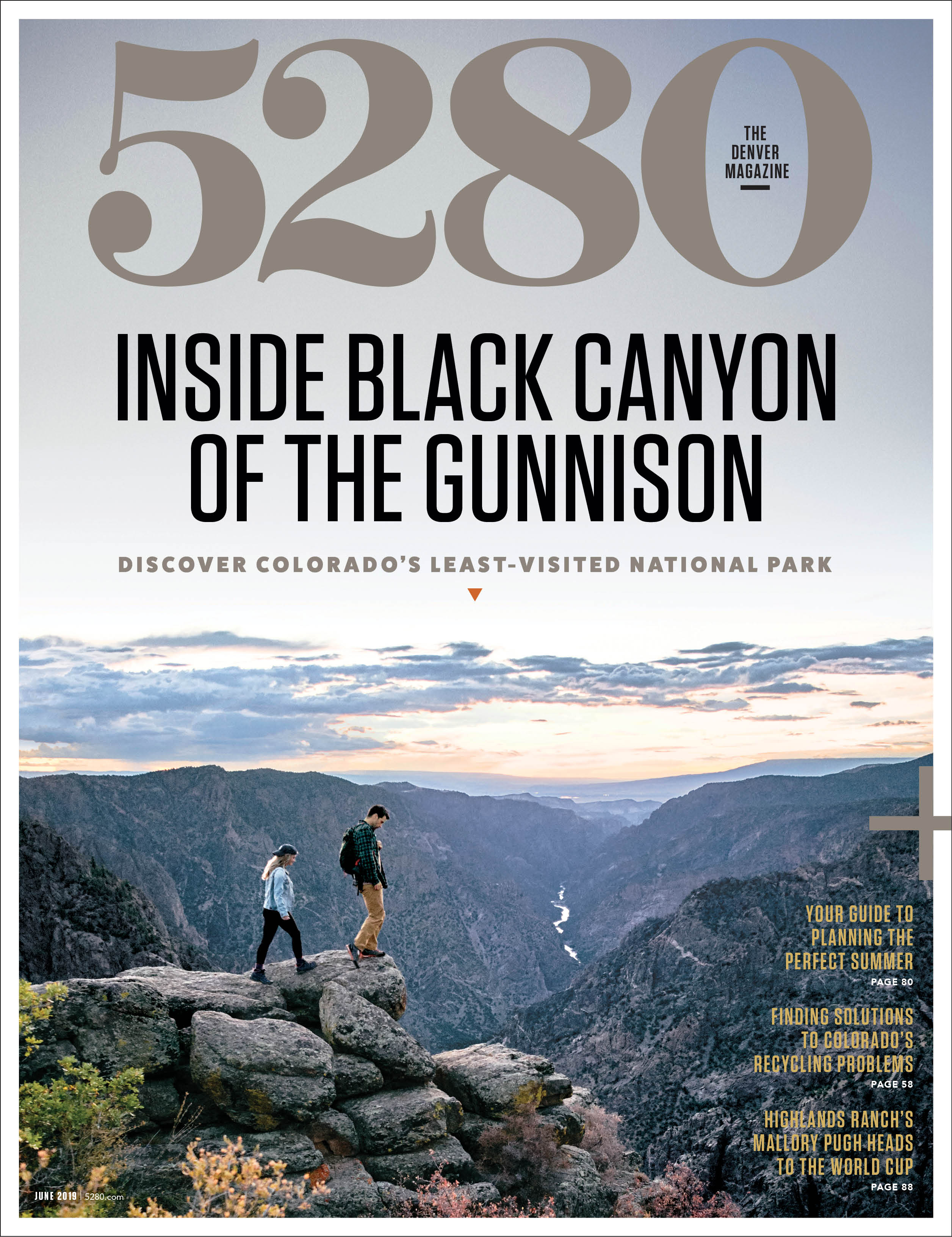The Local newsletter is your free, daily guide to life in Colorado. For locals, by locals.
During the 2016 election cycle, Vanessa Otero, a Boulder patent attorney, created a diagram depicting the political leanings and veracity of national news outlets to show friends how partisan newspapers, websites, and TV stations fuel polarization. Three years and five iterations later, her Media Bias Chart has been shared millions of times on social media. Before her new company, Ad Fontes Media, releases a Colorado version of the chart this summer, Otero spoke with 5280 about how the public can parse partiality to ensure they’re getting the truth (or at least the version with the fewest alternative facts).
Adjectively Speaking
Strong descriptors, such as “obvious” and “preposterous,” indicate less-than-objective feelings, especially when used to cast characterizations of prominent figures. In March, for example, Slate published a story about Attorney General William Barr’s summary of the Mueller report. Per Ad Fontes, the piece’s headline—“Bill Barr’s Weasel Words”—is a signifier that the website’s news leans left.
The Whole Picture
“Graphics, along with headlines, make the biggest initial impression upon readers,” Otero says, “whether they end up reading the actual article or not.” Consider conservative Commentary magazine’s January 30 column about U.S. Senator Kamala Harris. Even if you fail to make it to the second paragraph—which opines that the Democratic presidential candidate doesn’t fully understand health care policy, one of her signature issues—the unflattering image of her face screwed up in wrinkles is worth a thousand negative words.
True & False
Determining veracity isn’t always a binary choice, Otero says. Typically, the Ad Fontes team will read more than 10 competing news stories to gauge the spectrum of accuracy. Then, it rates a source on a scale with five grades, ranging from completely true to entirely false. Take an October 2015 USA Today piece headlined “Thousands Stuck In 50-Lane Traffic Jam In Beijing.” That’s only partially true—an article in Condé Nast Traveler explained that there were 50 rows of cars, but the highway is technically 26 lanes wide. Still, Ad Fontes ranks USA Today as generally accurate.
Who Said It First?
Otero’s team often looks at the rhetoric of elected officials to see if a news source is simply parroting policy positions, as Breitbart did in November 2018. A story in the opinion section of the website claimed the mainstream media grossly misled the American people in part by not calling a caravan of thousands of Central American migrants trying to enter the United States an “invasion.” President Donald Trump had used the same word for close to a month to refer to the asylum seekers, which suggests the piece was reiterating the position of his Republican administration.









